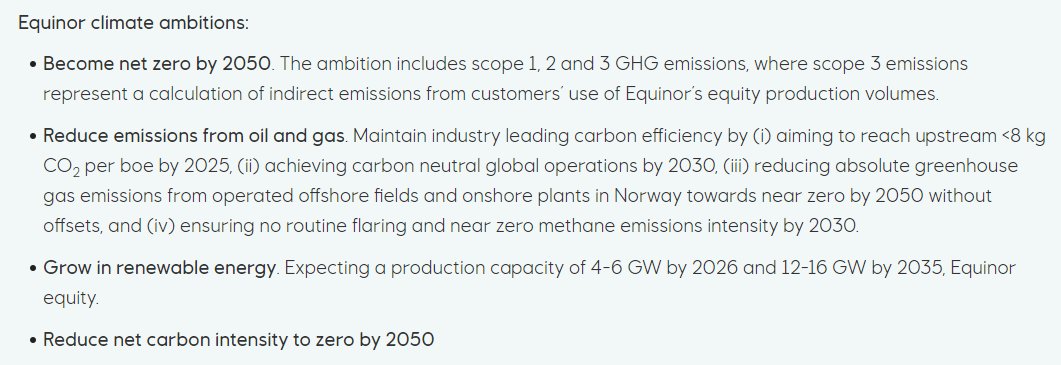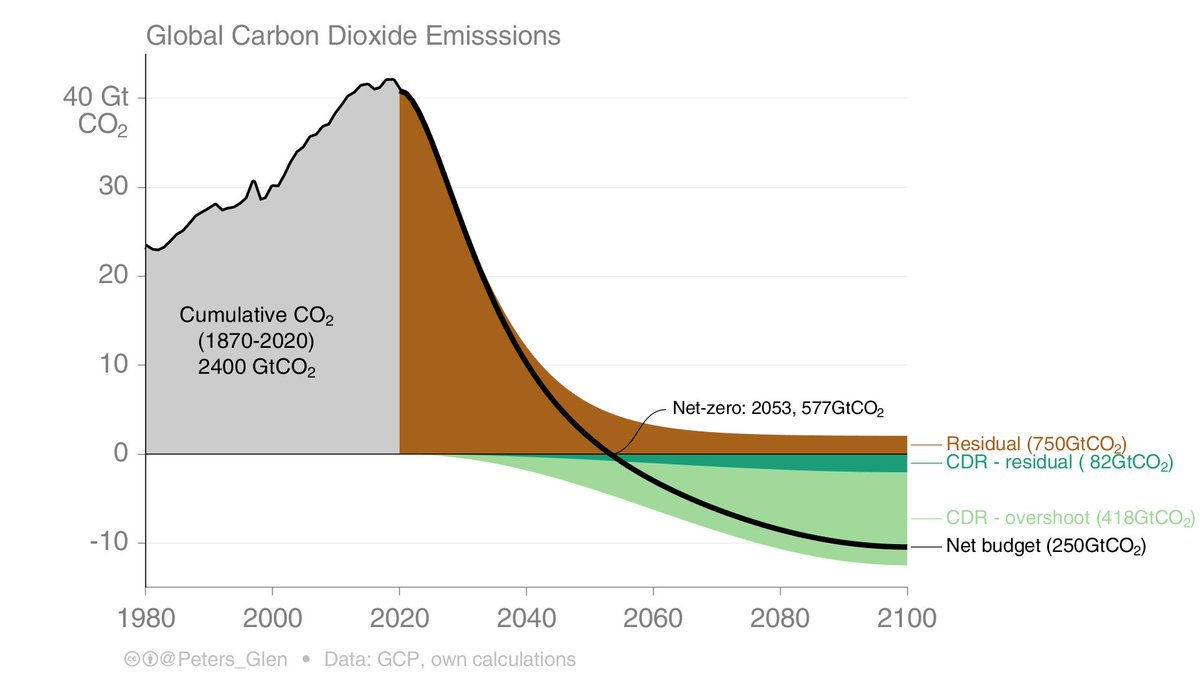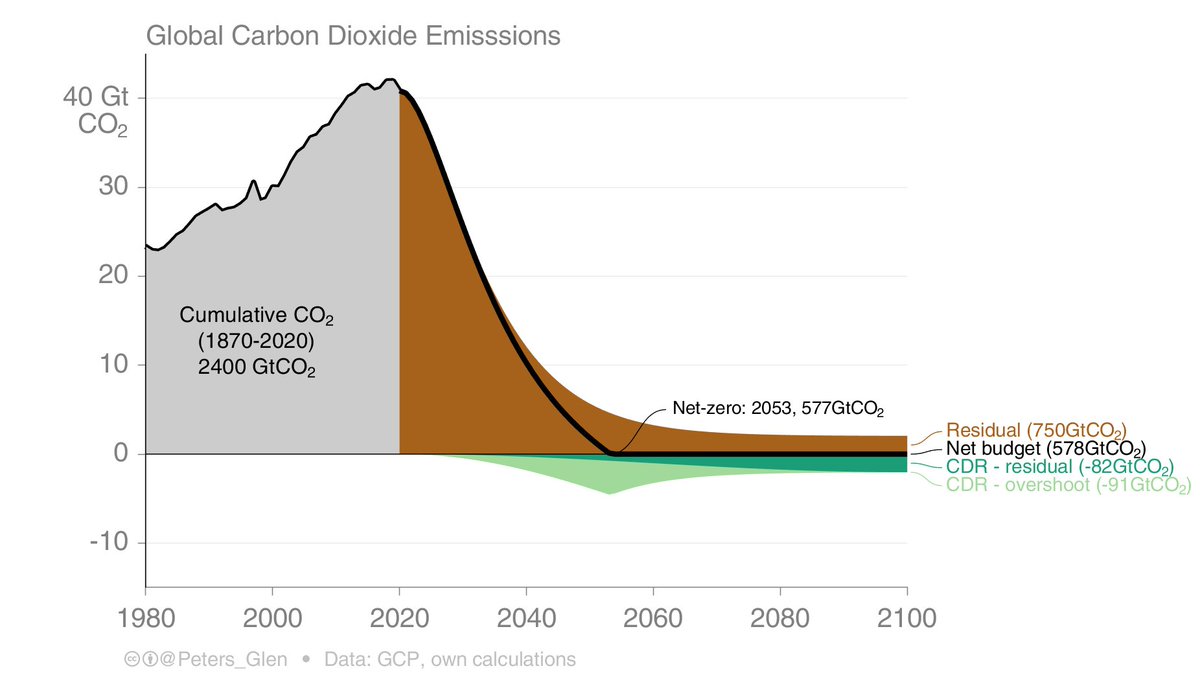
Where does the European (EU27+UK) land sink come from?
It is mainly forest land remaining forest land. This is essentially managed forests, but also includes update from environmental factors (eg warmer climate & CO₂ fertilisation).
1/
It is mainly forest land remaining forest land. This is essentially managed forests, but also includes update from environmental factors (eg warmer climate & CO₂ fertilisation).
1/

There are large variations across countries. Ireland has a large source from grasslands (not sure of the background, but I am guessing drained peat lands essentially?).
2/
2/

The Nordics all have large forest sinks, and their sinks are large relative to domestic emissions. Sweden, for example, is nearly has net-zero CO₂ emissions if the land sink is included.
3/


3/



Australia has had a rapid change from a source to sink, due to reduced conversion of grasslands. This inclusion of this is sometimes known as the "Australia clause", as Kyoto negotiated this in Kyoto knowing it would greatly benefit them (& no one else).
4/
4/

The US also has a big sink, mainly driven by a large forest sink. It also has a sink from settlements (not sure, parks, suburbia?).
My tip is that the new US administration will use this large sink to help meet net-zero in 2050 (just as the EU did).
5/
My tip is that the new US administration will use this large sink to help meet net-zero in 2050 (just as the EU did).
5/

That is your morning feed of land-use emissions, as reported to the UNFCCC. The UNFCCC data is only available for developed countries (Annex I).
More info & analysis via @V_ERIFY_H2020, eg essd.copernicus.org/articles/12/96… (& more to come).
6/6
More info & analysis via @V_ERIFY_H2020, eg essd.copernicus.org/articles/12/96… (& more to come).
6/6
• • •
Missing some Tweet in this thread? You can try to
force a refresh













